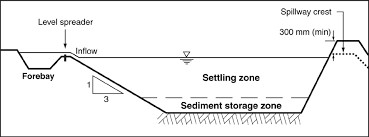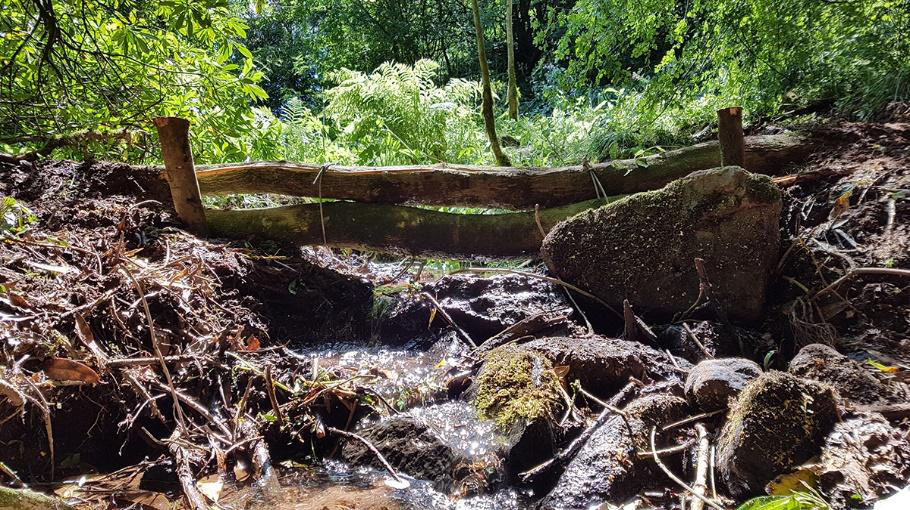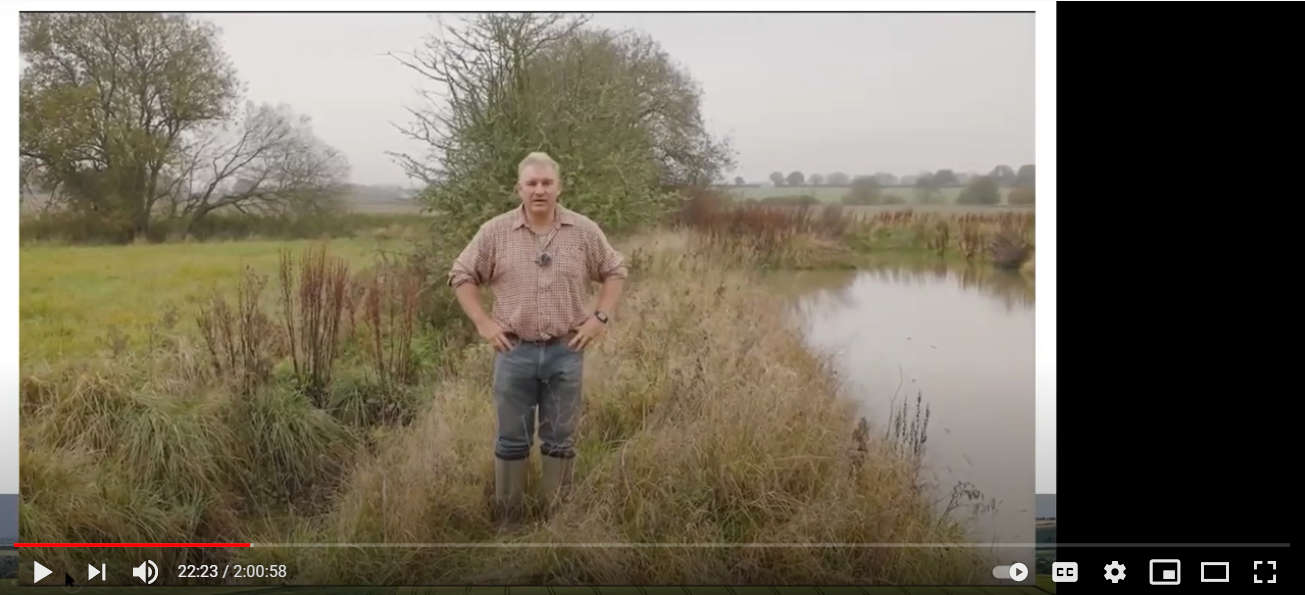THE WATER ENVIRONMENT
Needs our protection
In the area that Southern Streams farmers manage, we are lucky to have two small chalk streams which flow into the River Kennet. The protection of these two chalk streams, the Dun and the Shalbourne, is a priority for us. We also farm over large chalk aquifers, the groundwater that provides our drinking water. What we do on the land affects the quality of both the surface water and the groundwater.
To protect these two healthy water environments, the Southern Streams aims to:
minimise soil erosion and runoff
When soil enters surface waters it decreases light availability and settles on the stream bed. This can damage spawning grounds by clogging up the gravel, kill the water plants and bring in nutrients. By employing minimum tillage, direct drilling and cover cropping, we can increase the health of our soils, so they can hold more water but also infiltrate quicker in periods of intense rainfall.
stop pesticides reaching water
Pesticides enter water by being washed off crops and through soil leaching, spray drift or poor practice when filling sprayers or storing chemicals. Pesticides in surface water kill aquatic organisms and it may take years for those populations to re-establish. When pesticides are detected in a groundwater borehole, that source cannot be used for public consumption. By ensuring good practice in storing chemicals, filling and washing out the sprayer and spraying, we can reduce the risk of pesticide pollution.
prevent fertiliser leaching
Application of artificial or organic fertilisers onto waterlogged soils or beyond the rate the crop can take up can result in surface runoff into the streams or leaching through the soil into groundwater. When it reaches the streams, the excess nitrates and phosphate overstimulate aquatic plant and algal growth which subsequently decrease light, oxygen and biodiversity levels. When levels of nitrates in groundwater exceed 50mg/l, the water companies cannot use it and must find other sources of supply. By planning fertiliser applications and avoiding spreading where and when the risks of runoff are high, we can reduce the risk of nutrient pollution.
limit livestock access to watercourses
Farmers have often used natural rivers and streams as a way of watering their livestock (Insert Hyperlink 3). Livestock can harm the water system by increasing nutrient levels and eroding the banks, increasing silt levels. By fencing off ditches and water courses against cattle, sheep and pigs, and creating livestock drinking bays those streams are protected and water quality is improved.
What we do
Best practice management
We follow best practice for applying pesticides and fertilisers. Our equipment is carefully calibrated and we use crop management plans and variable rate application technology to match applications to crop requirements.
Buffer strips and cover crops
We are creating wide field margins and grass strips that have no pesticides or fertilisers applied, to buffer watercourses from spray drift and fertiliser and to slow surface runoff. Cover crops take up left-over nutrients after harvest, protect the soil surface and provide organic matter.
Sediment ponds, woody debris dams and slowing the flow
We are creating a range of sediment ponds, woody debris dams and other measures to slow the flow of water in the ditches and streams that are the tributaries of the Dun and the Shalbourne. By slowing down the water, any sediment has time to settle out and clear water is delivered into the chalk streams.


Sparkling Streams

Southern Streams is delighted to be part of the Sparkling Streams project, working in partnership with North Wessex Downs AONB, Action for the River Kennet and Hungerford Town and Manor.
Funded by the government's Green Recovery Challenge Fund, the project aims to improve the condition of the River Kennet and its tributaries, increase wildlife and connect people with nature. To achieve this nature-based solutions, such as leaky dams, sediment ponds and hedge planting, will be strategically placed along the water courses to slow down water and trap silt. This will reduce erosion and improve water quality as well as creating ideal conditions for wildlife. Local people can also be part of the conservation effort at volunteer events.
To learn more, watch this short film produced by the North Wessex Downs AONB. During the film David Lemon, a Southern Streams farmer, discusses holding water back on his farm. Alternatively find more information here: https://www.northwessexdowns.org.uk/projects/sparkling-streams.html
This project is funded by the government’s Green Recovery Challenge Fund. The fund is being delivered by The National Lottery Heritage Fund in partnership with Natural England and the Environment Agency.

Find Out More:
- http://www.nutrientmanagement.org/2-nutrient-management-plan/
- http://adlib.everysite.co.uk/adlib/defra/content.aspx?id=000HK277ZX.0HCH4QAE8AM4NWS
- https://riverthame.org/wp-content/uploads/2015/12/Managing_livestock.pdf
- https://voluntaryinitiative.org.uk/media/2149/catchment-sensitive-farming-guide-biofilter-11-january-2018.pdf
- http://assets.wwf.org.uk/downloads/wwf_chalkstreamreport_jan15_forweb.pdf?_ga=1.44823268.1991529649.1444910634
- http://adlib.everysite.co.uk/adlib/defra/content.aspx?id=000HK277ZX.0HAWH1NTOT8B1WF
- https://farmwildlife.info/how-to-do-it-5/field-boundaries/grass-margins-as-buffer-strips/
